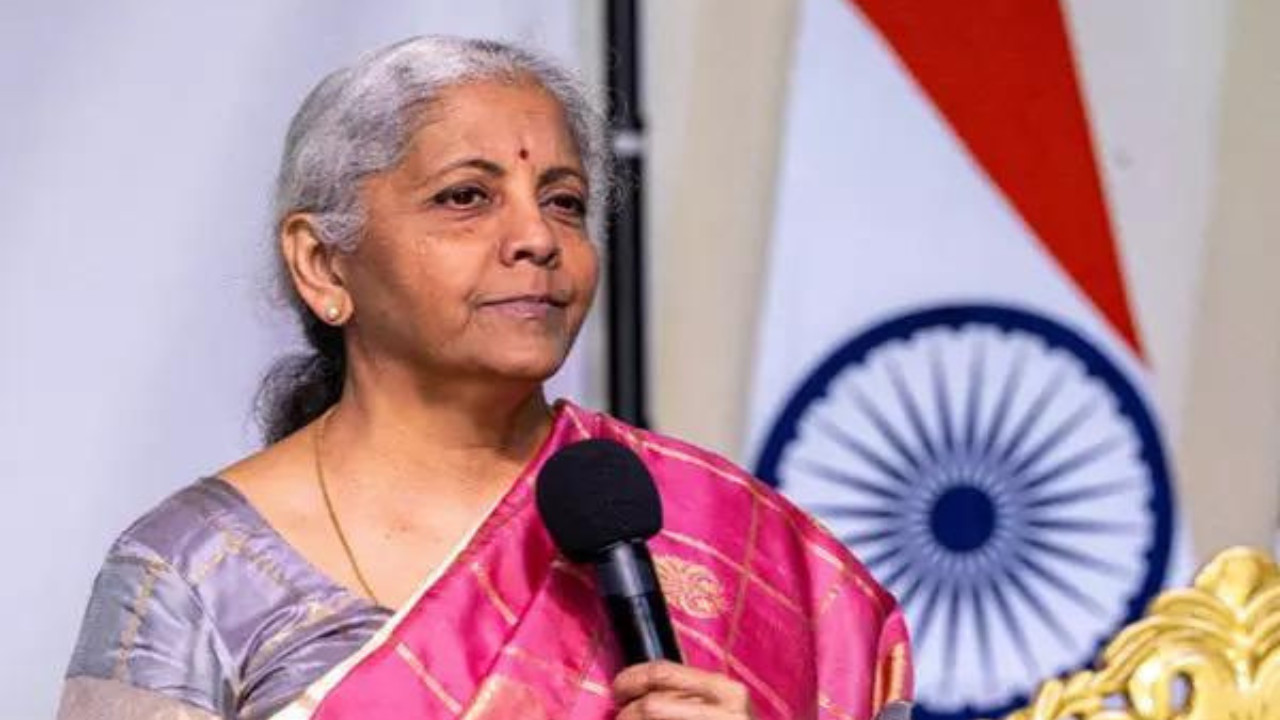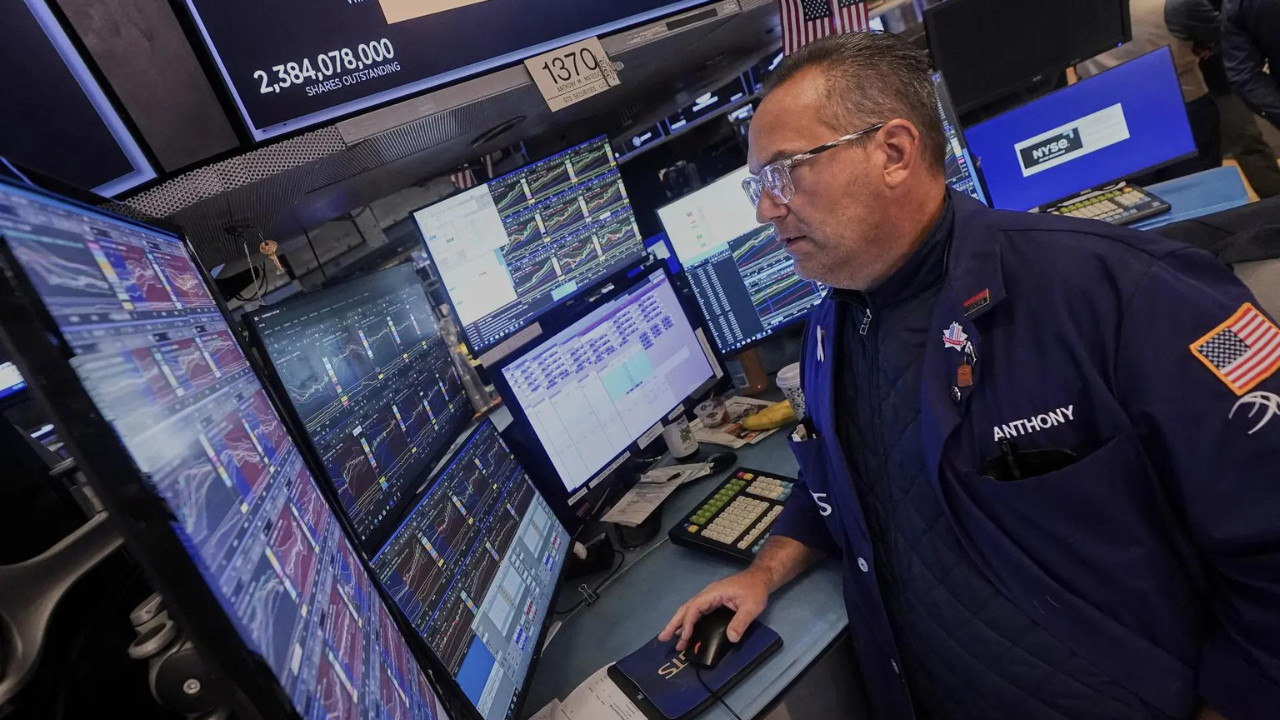India’s Economy: Zooming Ahead, But Can the Pace Be Maintained?
Okay, let’s talk numbers, but not in a dry, yawn-inducing way. India’s economy is making headlines, and for good reason. We’re being touted as the world’s fastest-growing economy again. For the fourth year running, no less. That’s a pretty impressive streak, and it definitely warrants a closer look.
The headlines are splashed with percentage signs and impressive growth figures. Gross Domestic Product (GDP) is the star of the show, supposedly clocking a robust expansion. The immediate reaction? A collective pat on the back, of course. Who doesn’t love a good success story? But beneath the surface gloss, some crucial questions linger. Is this growth sustainable? And more importantly, is it benefiting everyone?
This isn’t just about bragging rights on the global stage. A booming economy should translate to tangible improvements in the lives of everyday Indians. More jobs, higher incomes, better infrastructure, and improved access to essential services – that’s the real payoff. But are we seeing that connection as clearly as we’d like?
The recent data paints a picture of strong performance across several key sectors. Manufacturing, construction, and services are all reportedly contributing significantly to the overall growth. This is encouraging; a diversified economy is a resilient economy. Relying too heavily on one sector can leave you vulnerable to shocks, so a balanced approach is definitely a positive sign.
However, let’s peel back another layer. While these sectors are contributing, the question of how they’re contributing is crucial. Is this growth driven by genuine innovation, efficiency gains, and increased productivity? Or is it fueled by government spending and a rebound from previous economic downturns? The answer, likely, is a bit of both.
Government initiatives, like infrastructure projects and investment incentives, undoubtedly play a role in boosting economic activity. But real, lasting prosperity comes from fostering a dynamic private sector that can innovate, compete, and create jobs organically. Are we creating the right environment for that to happen? Are small and medium-sized enterprises (SMEs), the backbone of any economy, truly thriving, or are they struggling to keep up?
And then there’s the global context. The world economy is a turbulent place right now, with geopolitical tensions, inflation worries, and potential recession risks hanging in the air. India isn’t immune to these forces. We’re connected to the global economy, and what happens elsewhere inevitably impacts us. So, while celebrating our current growth trajectory, we need to be realistic about the challenges ahead.
One of the biggest hurdles is ensuring that this economic growth is inclusive. It’s not enough for a few sectors or a privileged few to reap the rewards. We need to see progress across all segments of society, especially in rural areas and among marginalized communities. Addressing inequalities in income and opportunity is not just a matter of social justice; it’s also vital for long-term economic stability. A divided society is a fragile society, and an unequal economy is an unsustainable one.
Inflation is another significant concern. Rising prices can erode purchasing power, particularly for low-income households. The Reserve Bank of India (RBI) has been taking steps to control inflation, but it’s a delicate balancing act. Tightening monetary policy too aggressively could stifle economic growth, while doing too little could allow inflation to spiral out of control.
So, where does this leave us? India’s economic growth is undoubtedly something to be proud of. It reflects the potential of our nation and the hard work of our people. But it’s also a call to action. It’s a reminder that we can’t rest on our laurels. We need to continue to focus on reforms, investments, and policies that promote sustainable, inclusive, and resilient growth.
We need to ask the tough questions and address the underlying challenges. Are we creating a level playing field for all businesses? Are we investing enough in education, healthcare, and skills development? Are we protecting our environment and ensuring a sustainable future for generations to come?
Ultimately, the true measure of our economic success won’t be just the GDP numbers. It will be the quality of life of our citizens, the strength of our institutions, and the sustainability of our development. The journey ahead is long, but the potential is immense. It’s up to us to seize the opportunity and build a prosperous and equitable future for all. Let’s hope the next four years are marked not just by rapid growth, but by real, positive change that benefits everyone.
📬 Stay informed — follow us for more insightful updates!







